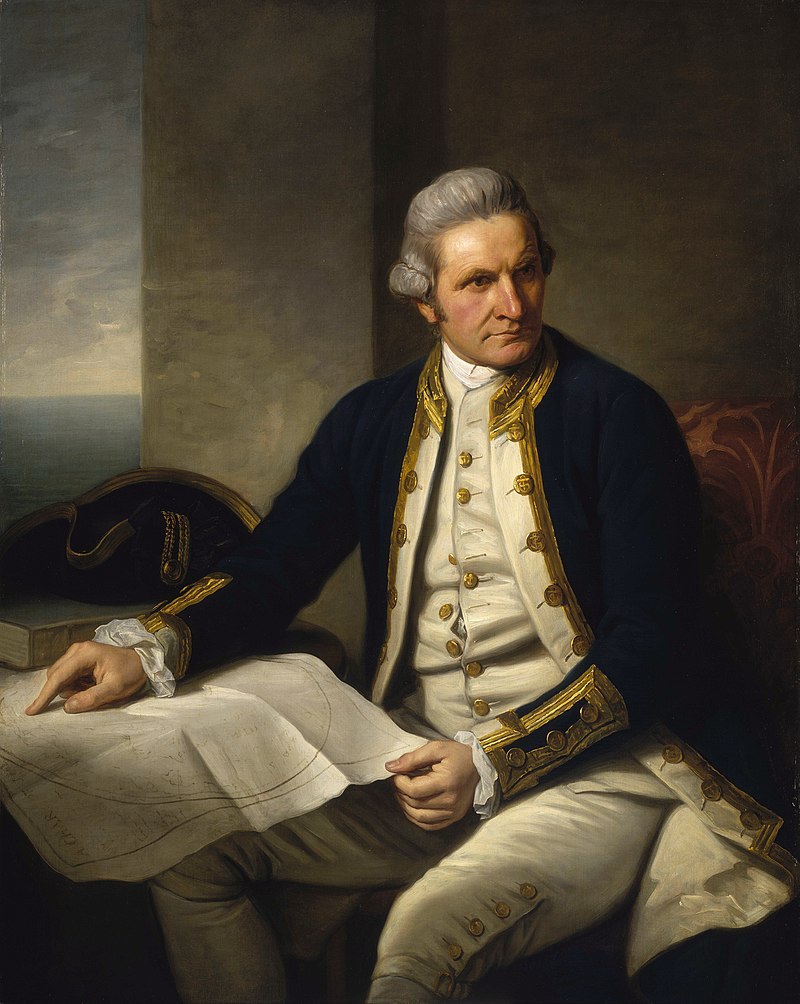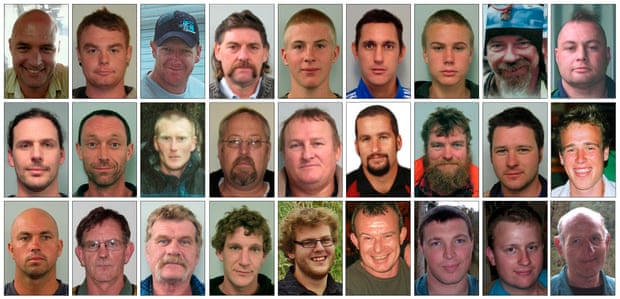domingo, julho 10, 2022
Os Serviços Secretos franceses afundaram o Rainbow Warrior e assassinaram o fotógrafo Fernando Pereira há 37 anos
Postado por
Fernando Martins
às
00:37
0
bocas
![]()
Marcadores: assassinos, Ecologia, energia nuclear, Fernando Pereira, França, Greenpeace, Nova Zelândia, Rainbow Warrior, Serviços Secretos, vergonha
sexta-feira, maio 27, 2022
Neil Finn, o vocalista dos Crowded House, faz hoje 64 anos
Neil Mullane Finn (Te Awamutu, 27 de maio de 1958) é um cantor e compositor neozelandês. Ele foi vocalista e líder do grupo Crowded House e, anteriormente, de uma outra banda, também neozelandesa, chamada Split Enz.
Postado por
Fernando Martins
às
06:40
0
bocas
![]()
Marcadores: Crowded House, Don't Dream It's Over, música, Neil Finn, Nova Zelândia, pop, Rock
domingo, março 06, 2022
Kiri Te Kanawa faz hoje 78 anos
in Wikipédia
Postado por
Fernando Martins
às
07:08
0
bocas
![]()
Marcadores: As bodas de Fígaro, Dove Sono, Kiri Te Kanawa, Le nozze di Figaro, Mozart, música, Nova Zelândia, Ópera, soprano
segunda-feira, fevereiro 21, 2022
Um sismo afetou a capital da Ilha do Sul da Nova Zelândia há onze anos
O Sismo de Canterbury de 2011 (também conhecido como sismo de Christchurch) foi um sismo de 6,3 de magnitude que atingiu a Ilha do Sul da Nova Zelândia às 12.51 horas de 22 de fevereiro de 2011 (hora local), que corresponde às 23.51 horas de 21 de fevereiro UTC. O número de mortes provocadas pelo sismo foi inicialmente estimado em 159 (em 2 de março de 2011), passando depois para 185.
Postado por
Fernando Martins
às
00:11
0
bocas
![]()
Marcadores: Christchurch, Nova Zelândia, sismo, sismologia, tsunami
segunda-feira, fevereiro 14, 2022
James Cook morreu há 243 anos
Postado por
Fernando Martins
às
02:43
0
bocas
![]()
Marcadores: Austrália, descobrimentos, Havai, Inglaterra, James Cook, Nova Zelândia, Pacífico
domingo, fevereiro 06, 2022
O tratado fundador da Nova Zelândia foi assinado há 182 anos
Postado por
Fernando Martins
às
00:18
0
bocas
![]()
Marcadores: Maoris, Nova Zelândia, Rainha de Inglaterra, Tratado de Waitangi
sexta-feira, dezembro 10, 2021
O Estatuto de Westminster foi aprovado há noventa anos
Postado por
Fernando Martins
às
09:00
0
bocas
![]()
Marcadores: África do Sul, Austrália, Canadá, Estatuto de Westminster, Nova Zelândia, Reino Unido
domingo, novembro 28, 2021
Há 128 anos um fantástico país decidiu dar direito de voto às mulheres
Postado por
Fernando Martins
às
01:28
0
bocas
![]()
Marcadores: dignidade, eleições, Nova Zelândia, sufrágio universal, sufragistas
sexta-feira, novembro 19, 2021
O acidente na mina de Pike River matou 27 mineiros há onze anos
(imagem daqui)
O acidente na mina de Pike River ocorreu em 19 de novembro de 2010 em Greymouth, Nova Zelândia. Uma explosão deixou cerca de 29 mineiros presos a pelo menos 1.500 metros da entrada da mina. A jazida situa-se 120 metros abaixo da superfície, e entra-se nela primariamente pela horizontal. Dois mineiros escaparam com ferimentos leves no dia da explosão, ao escalarem um poço de ventilação.
Postado por
Fernando Martins
às
00:11
0
bocas
![]()
Marcadores: acidente na mina de Pike River, Minas, mineiros, Nova Zelândia
domingo, novembro 07, 2021
Lorde - 25 anos
sábado, julho 10, 2021
Os Serviços Secretos franceses afundaram o Rainbow Warrior e assassinaram o fotógrafo Fernando Pereira há 36 anos
Postado por
Fernando Martins
às
00:36
0
bocas
![]()
Marcadores: assassinos, Ecologia, energia nuclear, Fernando Pereira, França, Greenpeace, Nova Zelândia, Rainbow Warrior, Serviços Secretos, vergonha
quinta-feira, maio 27, 2021
Neil Finn, vocalista dos Crowded House, faz hoje 63 anos
Neil Mullane Finn (Te Awamutu, 27 de maio de 1958) é um cantor e compositor neozelandês. Ele foi vocalista e líder do grupo Crowded House e, anteriormente, de uma outra banda, também neozelandesa, chamada Split Enz.
Postado por
Fernando Martins
às
06:30
0
bocas
![]()
Marcadores: Crowded House, Don't Dream It's Over, música, Neil Finn, Nova Zelândia, pop, Rock
sábado, março 06, 2021
A soprano Kiri Te Kanawa faz hoje 77 anos
in Wikipédia
Postado por
Fernando Martins
às
07:07
0
bocas
![]()
Marcadores: Kiri Te Kanawa, música, Nova Zelândia, Ópera, soprano, The Flower Duet, Un bel di vedremo
domingo, fevereiro 21, 2021
A terra tremeu fortemente na capital da Ilha do Sul da Nova Zelândia há dez anos
O Sismo de Canterbury de 2011 (também conhecido como sismo de Christchurch) foi um sismo de 6,3 de magnitude que atingiu a Ilha do Sul da Nova Zelândia às 12.51 horas de 22 de fevereiro de 2011 (hora local), que corresponde às 23.51 horas de 21 de fevereiro UTC. O número de mortes provocadas pelo sismo foi inicialmente estimado em 159 (em 2 de março de 2011), passando depois para 185.
Postado por
Fernando Martins
às
10:00
0
bocas
![]()
Marcadores: Christchurch, Nova Zelândia, sismo, sismologia, tsunami
domingo, fevereiro 14, 2021
James Cook morreu há 242 anos
Postado por
Fernando Martins
às
02:42
0
bocas
![]()
Marcadores: Austrália, descobrimentos, Havai, Inglaterra, James Cook, Nova Zelândia, Pacífico
sábado, fevereiro 06, 2021
O tratado que deu origem à Nova Zelândia foi assinado há 181 anos
Postado por
Fernando Martins
às
18:10
0
bocas
![]()
Marcadores: Maoris, Nova Zelândia, Rainha de Inglaterra, Tratado de Waitangi
quinta-feira, novembro 19, 2020
O acidente na mina de Pike River foi há dez anos
(imagem daqui)
O acidente na mina de Pike River ocorreu em 19 de novembro de 2010 em Greymouth, Nova Zelândia. Uma explosão deixou cerca de 29 mineiros presos a pelo menos 1.500 metros da entrada da mina. A jazida situa-se 120 metros abaixo da superfície, e entra-se nela primariamente pela horizontal. Dois mineiros escaparam com ferimentos leves no dia da explosão, ao escalarem um poço de ventilação.
Postado por
Fernando Martins
às
10:00
0
bocas
![]()
Marcadores: acidente na mina de Pike River, Minas, mineiros, Nova Zelândia
sexta-feira, julho 10, 2020
Há 35 anos os Serviços Secretos franceses afundaram o Rainbow Warrior e assassinaram o fotógrafo Fernando Pereira
Postado por
Fernando Martins
às
00:35
0
bocas
![]()
Marcadores: assassinos, Ecologia, energia nuclear, Fernando Pereira, França, Greenpeace, Nova Zelândia, Rainbow Warrior, Serviços Secretos, vergonha


_(Cropped).jpg/800px-FleetMacTulsa031018-45_(44511289974)_(Cropped).jpg)
.jpg)








